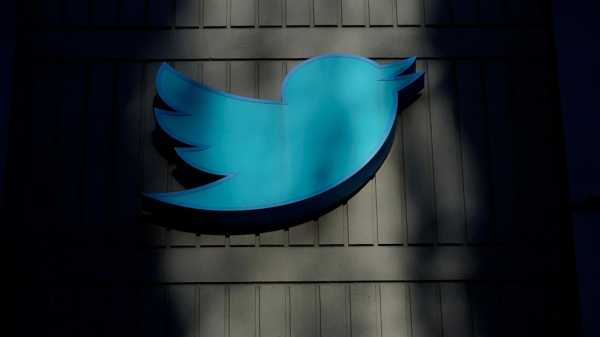
TikTok and Instagram users can scroll with abandon. But Twitter owner Elon Musk has put new curfews on his digital town square, the latest drastic change to the social media platform that could further drive away advertisers and undermine its cultural influence as a trendsetter.
Keeping up with a sports game, extreme weather conditions or a major news event is getting harder under Musk’s new rules, which cap the number of tweets you can view as part of an apparent attempt to relieve the company’s overloaded web infrastructure.
“The joke on Twitter is that people are going to go outside instead, but the reality is that they’re going to go to another app,” said Jasmine Enberg, an analyst with Insider Intelligence. “By sending users elsewhere, Musk is killing the main proposition Twitter has had for advertisers — a highly engaged user base, especially around news and events.”
Musk recently hired longtime NBC Universal executive Linda Yaccarino as Twitter’s CEO to try to win back advertisers annoyed by a host of changes since Musk bought the platform for $44 billion last year. But she's been silent about the new restrictions that lock users out if they view too many tweets in a day, leaving Musk to announce and explain them.
The moves are “remarkably bad for Twitter’s users and advertisers,” decimating the reach and engagement that advertisers depend on, according to a statement from Forrester analyst Mike Proulx.
"The advertiser trust deficit that Linda Yaccarino needs to reverse just got even bigger. And it cannot be reversed based on her industry credibility alone,” Proulx said.
An Associated Press inquiry on Monday about how long the limits will last triggered a crude automated reply that Twitter sends to most media queries without addressing the question.
Musk had tried on Saturday to describe how the limits work, saying accounts that don't pay for a monthly subscription will temporarily be restricted to reading 600 posts per day, while verified accounts will be able to scroll through up to 6,000.
After facing backlash, he tweeted that the thresholds would be raised to 800 posts for unverified accounts and 8,000 for verified accounts before later settling on 1,000 and 10,000 tweets, respectively.
Many unverified users are “going to hit that limit fast,” said Enberg, because most Twitter users are consuming, not creating posts, and “typically scroll through an enormous number of tweets in a short period of time."
Enberg said Musk should be doing whatever he can to encourage engagement to show Twitter is still viable as it faces growing competition from upstart rivals, as well as a new Twitter-like service coming from Facebook and Instagram parent Meta. “Instead, he's throttling it,” she said.
Proulx, of Forrester, said the “real reason behind Musk’s temporary rate limits” is still unclear.
Musk over the weekend explained the new restrictions as an attempt to prevent unauthorized scraping of potentially valuable data from the social media platform. He said it was a temporary measure that was taken because “we were getting data pillaged so much that it was degrading service for normal users!”
The site is now requiring people to log on to view tweets and profiles — a change in its longtime practice to allow everyone to peruse the chatter on what Musk has frequently touted as the world’s digital town square.
Musk has pushed back on what he calls misuse of Twitter data to train popular artificial intelligence systems like ChatGPT. They scour reams of information online to generate human-like text, photos, video and other content.
The higher tweet-viewing threshold allowed on verified accounts is part of an $8-per-month subscription service that Musk rolled out earlier this year in an effort to boost Twitter revenue. It has fallen sharply since the billionaire Tesla CEO took over the company and laid off roughly three-fourths of the workforce to cut costs and stave off bankruptcy.
Advertisers have since curbed their spending on Twitter, partly because of changes that have allowed more hateful or prickly content that offends a wider part of the service’s audience.
Sourse: abcnews.go.com






